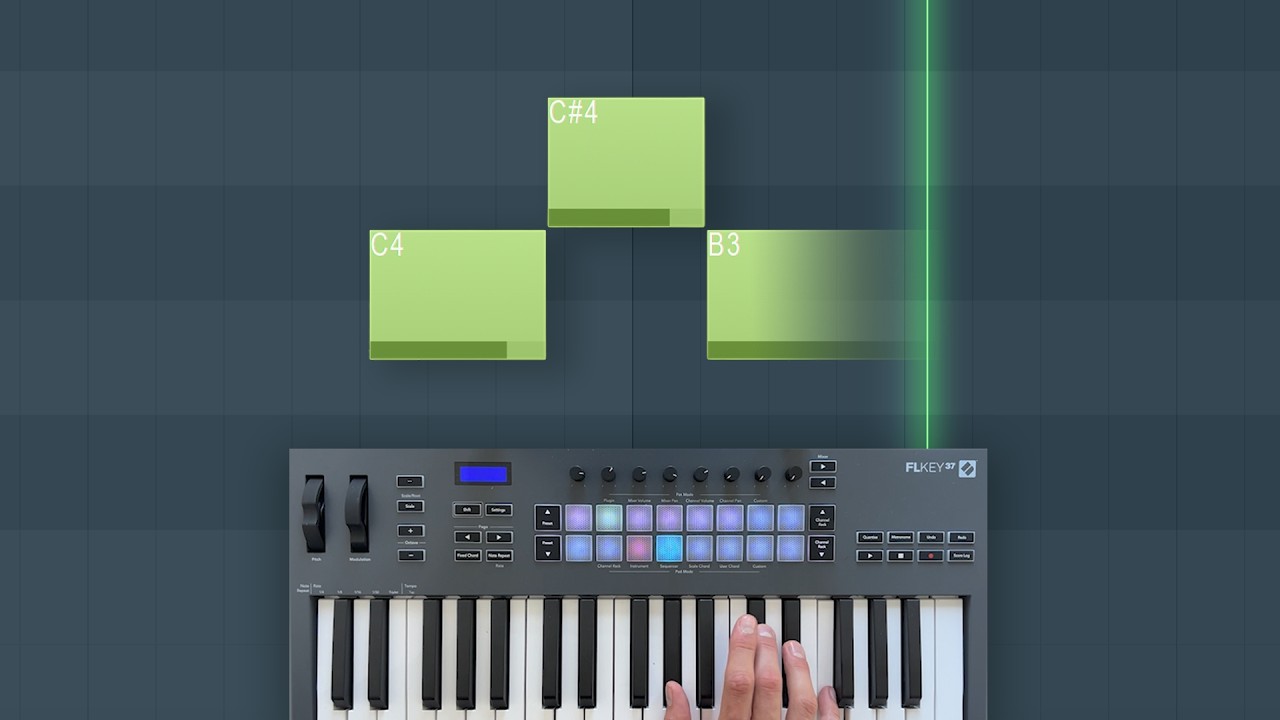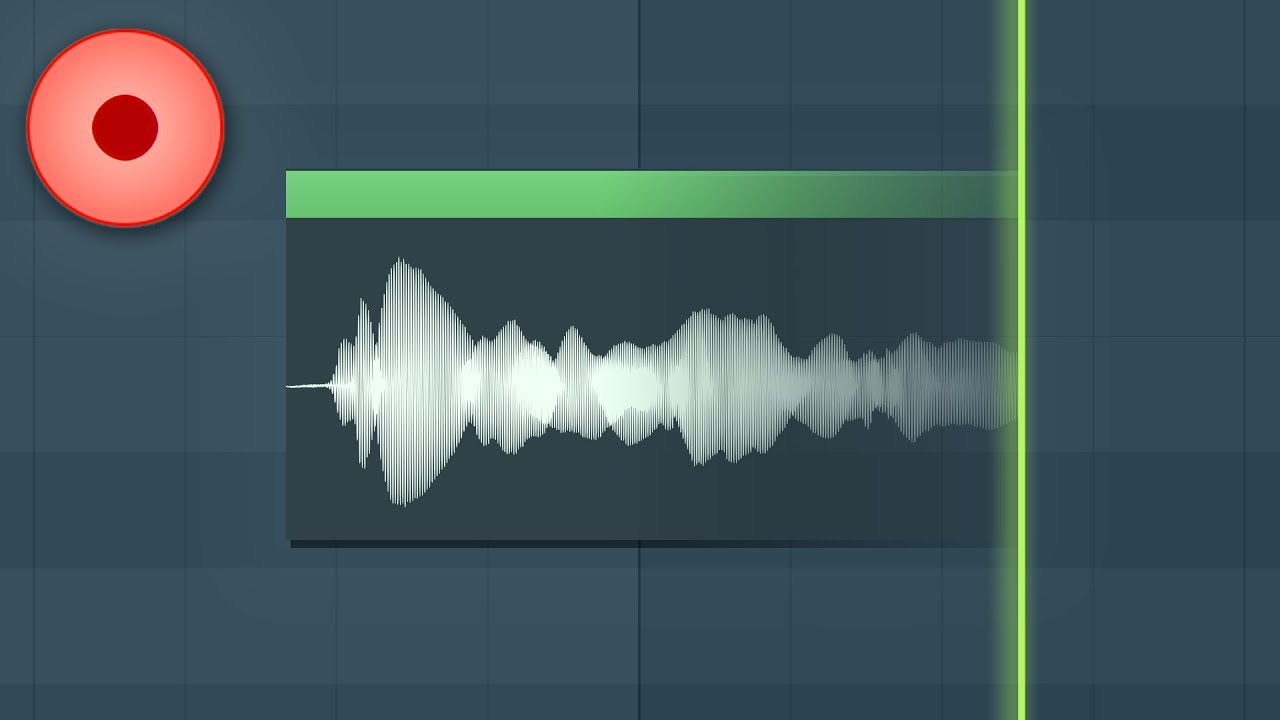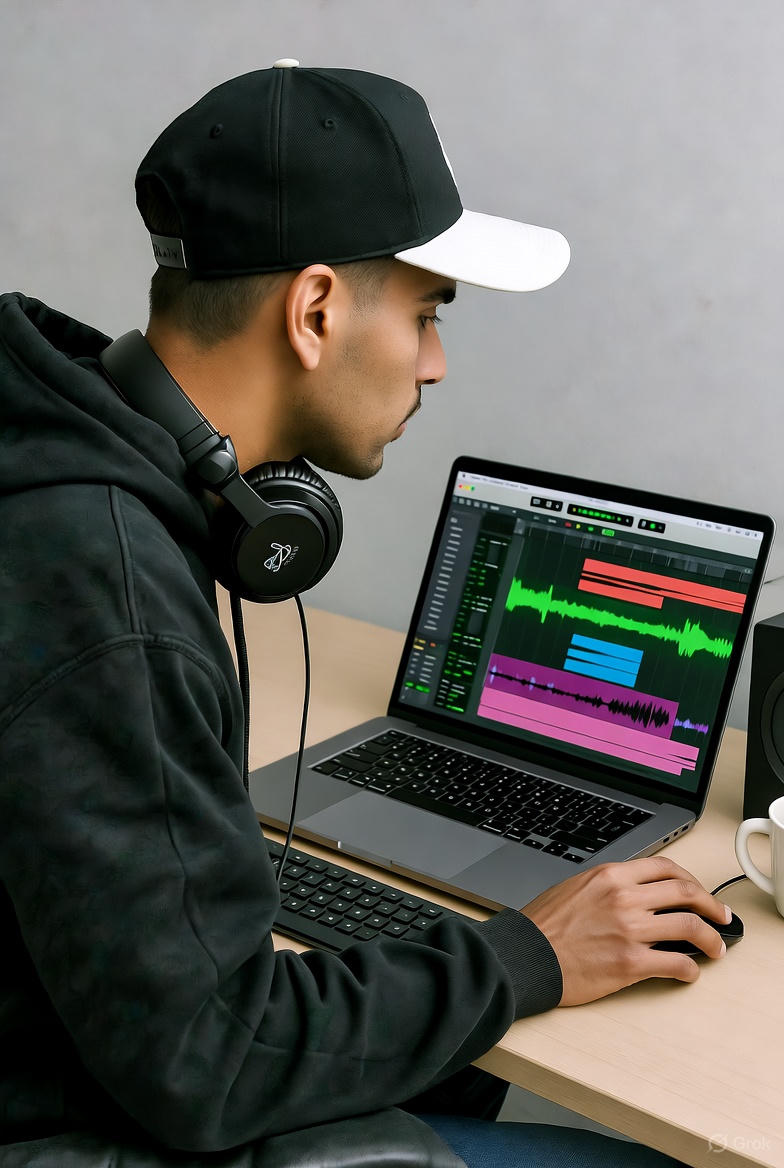!Let Us HELP YOU!
We have a lot of curated content on this blog.
Take this simple 20 second Quiz to Help You
Find The Exact Content You Are Looking For!
Join Mix With The Masters they explore the intricacies of recording a live band, specifically focusing on the captivating track ‘Evergreen (You Didn’t Deserve Me At All)’ by Omar Apollo. In this blog, we’ll break down the gear, techniques, and creative decisions that shape the sound of a live recording.
Table of Contents
Setting the Scene
The content of this blog post is curated from this video: Teo Halm recording a live band for Omar Apollo | Sneak Peek. In this Mix With The Masters episode, Teo Halm breaks down the live tracking setup for Omar Apollo’s “Evergreen (You Didn’t Deserve Me At All),” sharing his approach to mic selection, placement, and production. A must-watch for anyone interested in the blend of vintage soul vibes with modern recording techniques!
Creating the perfect atmosphere is vital when recording a live band. The environment needs to resonate with energy, allowing musicians to perform at their best. A well-designed space can enhance the overall sound quality, so consider the acoustics. Soft furnishings, carpets, and even curtains can help absorb unwanted reflections, giving your recordings a more polished feel.
Moreover, arranging the band in a way that promotes interaction is key. Musicians often feed off each other’s energy, so positioning them close together can lead to a more dynamic performance. This is especially important during the recording of intricate pieces where timing and synergy are paramount.
We set up our room with careful consideration. With the guitarist in one corner and the bass player in another, they could easily communicate while still being captured beautifully by the microphones. This layout not only brought out the best in their performance but also allowed the room’s natural acoustics to shine through.
Microphone Selection and Placement
The choice of microphones can make or break a recording. For a live band, using a mix of dynamic, condenser, and ribbon microphones offers versatility. Each type has its unique characteristics that can accentuate different instruments.
In our setup, we used C12 room mics to capture the overall sound. These mics provide a warm, rich tone that suits live recordings perfectly. The placement was crucial; we positioned them about three to four feet off the instruments to create a balanced sound without overwhelming the mix.
Additionally, we incorporated DI signals where necessary. For instance, the guitarist ran through a Fender Twin amp while also providing a direct input. This allowed us flexibility during mixing and ensured we had the best possible sound from each source.

Capturing the Piano Sound
The piano is often the heart of a live band, so capturing its essence is essential. We chose RCA 77s for their ability to deliver a smooth, vintage sound that complements the other instruments beautifully. Opting for a stereo pair allowed us to create a wider soundstage, enhancing the listening experience.
During the recording, we experimented with the microphone placement. After some trial and error, we found that positioning the mics around three feet from the strings provided the best result. This distance allowed the piano’s natural resonance to fill the room without becoming overpowering.
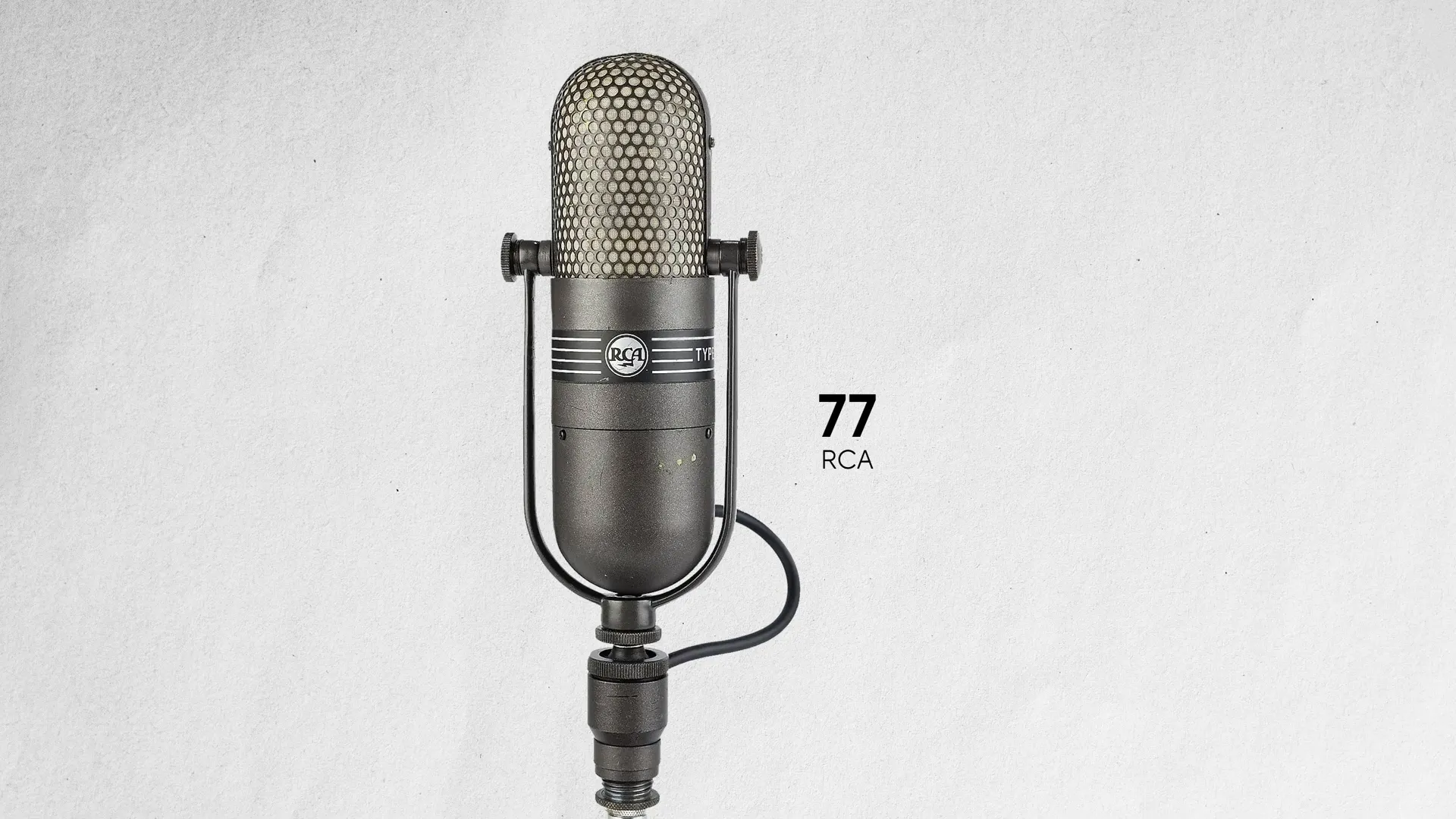
Drum Miking Techniques
Drums are the backbone of any band, providing rhythm and energy. Our approach to drum miking was straightforward yet effective. We opted for a Glen Johns technique, which involved using overhead mics to capture the kit’s natural sound while allowing for some room ambiance.
We placed an RCA 44 ribbon mic strategically to get a front-facing perspective. This gave us a unique sound that felt authentic and true to how the kit would be heard live. The AKG D12 on the kick drum ensured we captured that essential low-end punch, while an SM57 on the snare provided clarity and presence.

Choosing the Right Snare
The snare drum can drastically influence the overall sound of a recording. We had several snare options available, but ultimately, we chose one that delivered a more open sound. The goal was to achieve that classic shotgun-like punch, reminiscent of the snare sounds from old soul records.
Riley did an exceptional job tuning the drums to fit the desired sound. The attention to detail in tuning is often overlooked but is crucial for achieving a professional sound. A well-tuned snare can cut through the mix, adding energy and excitement to the track.

The Importance of Clean Recording
When it comes to recording a live band, clarity is paramount. We opted for a clean recording approach, avoiding heavy compression on the way in. This decision allowed the natural sound of each instrument to shine through, preserving the nuances that make live performances special.
WEBSITE RESOURCES FOR MUSICIANS
Using Neve sidecar preamps, we maintained a tame signal level, focusing on capturing each instrument’s true character. This method gave us the flexibility to apply processing later during mixing without losing the integrity of the original sound.
Ultimately, the aim was to create recordings that sounded authentic and true to the live experience. By prioritising clean recordings, we ensured that the final mix would reflect the energy and emotion of the performance.

Using Vintage Gear
Vintage gear brings a unique character to recordings that modern equipment often struggles to replicate. When recording a live band, incorporating vintage microphones and instruments can enhance the authenticity of the sound. The warmth and richness of these older models can infuse your tracks with a nostalgic vibe, making them feel timeless.
In our session, we relied heavily on vintage mics like the RCA 77s and C12s. These mics are not just about aesthetics; they contribute to the overall sonic palette, giving depth and texture to the recording. The key is to experiment with placement and settings, as each piece of vintage gear has its quirks.
Balancing Compression and Clean Sound
One of the most debated topics in recording is the use of compression. While it can help control dynamics and add punch, over-compression can strip away the natural feel of a live performance. Our approach was to find a balance that maintained clarity while still allowing for some dynamic range.
We decided to keep the recording clean, avoiding heavy compression during tracking. This decision allowed us to capture the raw emotion of the performance. Later in the mixing process, we had the flexibility to apply just the right amount of compression, ensuring that each instrument retained its character.

Final Touches and Arrangement
The arrangement of a song can significantly impact the final mix. In our case, we focused on creating a space where each instrument could shine without overshadowing the others. This involved thoughtful layering and ensuring that each part complemented the whole.
As we approached the final touches, we listened closely to how the instruments interacted. Subtle adjustments in volume and panning can make a world of difference. The goal was to create a cohesive sound that felt both dynamic and balanced, capturing the essence of the live performance.
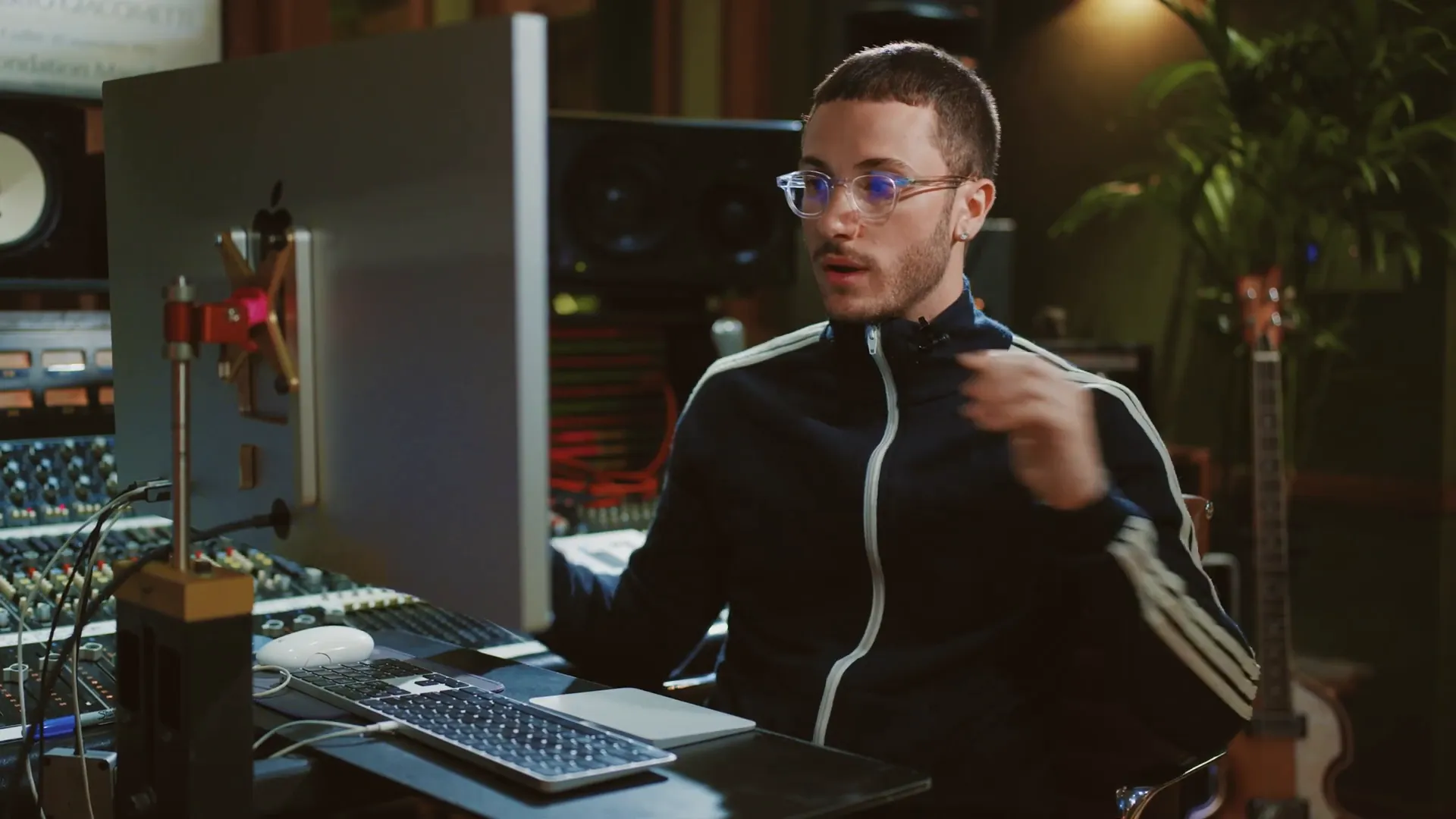
The Role of Room Mics
Room mics play a crucial role in capturing the ambience of a live recording. They help to blend the sound of individual instruments into a cohesive whole, adding depth and character. In our setup, we strategically placed C12 room mics to capture the natural reverberation of the space.
The positioning of these mics was vital. By placing them at a distance from the band, we could capture the overall sound without it becoming too cluttered. The result was a rich, immersive listening experience that made the listener feel as though they were part of the performance.
FAQ: Common Questions About Live Band Recording
- What is the best microphone for recording vocals in a live band? A dynamic microphone, like the Shure SM58, is often preferred for live vocals due to its durability and feedback rejection.
- How can I reduce bleed from other instruments during recording? Positioning musicians strategically and using directional microphones can help minimise bleed and focus on the intended sound.
- Is it necessary to use DI for instruments like guitars and bass? Using a DI can provide a clean signal that complements the miked sound, offering flexibility during mixing.
- Should I track live performances in one take or in layers? Recording in one take can capture the energy of the performance, while layering allows for more control and precision.
- How important is the arrangement in a live band recording? The arrangement is crucial; it dictates how well the instruments blend and interact in the mix, ultimately affecting the overall sound.

